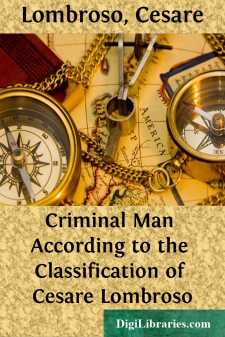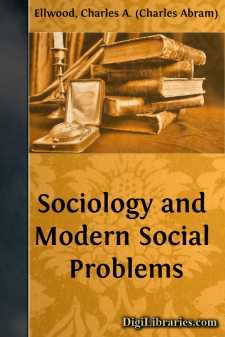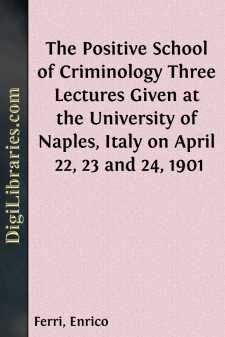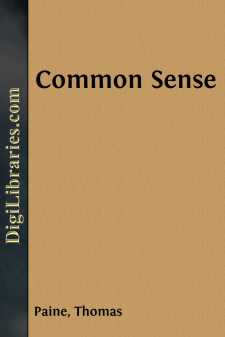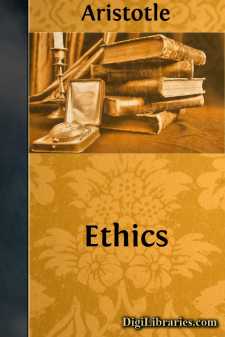Categories
- Antiques & Collectibles 13
- Architecture 36
- Art 48
- Bibles 22
- Biography & Autobiography 813
- Body, Mind & Spirit 142
- Business & Economics 28
- Children's Books 17
- Children's Fiction 14
- Computers 4
- Cooking 94
- Crafts & Hobbies 4
- Drama 346
- Education 46
- Family & Relationships 57
- Fiction 11829
- Games 19
- Gardening 17
- Health & Fitness 34
- History 1377
- House & Home 1
- Humor 147
- Juvenile Fiction 1873
- Juvenile Nonfiction 202
- Language Arts & Disciplines 88
- Law 16
- Literary Collections 686
- Literary Criticism 179
- Mathematics 13
- Medical 41
- Music 40
- Nature 179
- Non-Classifiable 1768
- Performing Arts 7
- Periodicals 1453
- Philosophy 64
- Photography 2
- Poetry 896
- Political Science 203
- Psychology 42
- Reference 154
- Religion 513
- Science 126
- Self-Help 84
- Social Science 81
- Sports & Recreation 34
- Study Aids 3
- Technology & Engineering 59
- Transportation 23
- Travel 463
- True Crime 29
Criminal Man According to the Classification of Cesare Lombroso
by: Cesare Lombroso
Categories:
Description:
Excerpt
INTRODUCTION
BY CESARE LOMBROSO
[Professor Lombroso was able before his death to give his personal attention to the volume prepared by his daughter and collaborator, Gina Lombroso Ferrero (wife of the distinguished historian), in which is presented a summary of the conclusions reached in the great treatise by Lombroso on the causes of criminality and the treatment of criminals. The preparation of the introduction to this volume was the last literary work which the distinguished author found it possible to complete during his final illness.]
It will, perhaps, be of interest to American readers of this book, in which the ideas of the Modern Penal School, set forth in my work, Criminal Man, have been so pithily summed up by my daughter, to learn how the first outlines of this science arose in my mind and gradually took shape in a definite work—how, that is, combated by some, the object of almost fanatical adherence on the part of others, especially in America, where tradition has little hold, the Modern Penal School came into being.
On consulting my memory and the documents relating to my studies on this subject, I find that its two fundamental ideas—that, for instance, which claims as an essential point the study not of crime in the abstract, but of the criminal himself, in order adequately to deal with the evil effects of his wrong-doing, and that which classifies the congenital criminal as an anomaly, partly pathological and partly atavistic, a revival of the primitive savage—did not suggest themselves to me instantaneously under the spell of a single deep impression, but were the offspring of a series of impressions. The slow and almost unconscious association of these first vague ideas resulted in a new system which, influenced by its origin, has preserved in all its subsequent developments the traces of doubt and indecision, the marks of the travail which attended its birth.
The first idea came to me in 1864, when, as an army doctor, I beguiled my ample leisure with a series of studies on the Italian soldier. From the very beginning I was struck by a characteristic that distinguished the honest soldier from his vicious comrade: the extent to which the latter was tattooed and the indecency of the designs that covered his body. This idea, however, bore no fruit.
The second inspiration came to me when on one occasion, amid the laughter of my colleagues, I sought to base the study of psychiatry on experimental methods. When in '66, fresh from the atmosphere of clinical experiment, I had begun to study psychiatry, I realised how inadequate were the methods hitherto held in esteem, and how necessary it was, in studying the insane, to make the patient, not the disease, the object of attention. In homage to these ideas, I applied to the clinical examination of cases of mental alienation the study of the skull, with measurements and weights, by means of the esthesiometer and craniometer. Reassured by the result of these first steps, I sought to apply this method to the study of criminals—that is, to the differentiation of criminals and lunatics, following the example of a few investigators, such as Thomson and Wilson; but as at that time I had neither criminals nor moral imbeciles available for observation (a remarkable circumstance since I was to make the criminal my starting-point), and as I was skeptical as to the existence of those "moral lunatics" so much insisted on by both French and English authors, whose demonstrations, however, showed a lamentable lack of precision, I was anxious to apply the experimental method to the study of the diversity, rather than the analogy, between lunatics, criminals, and normal individuals....


